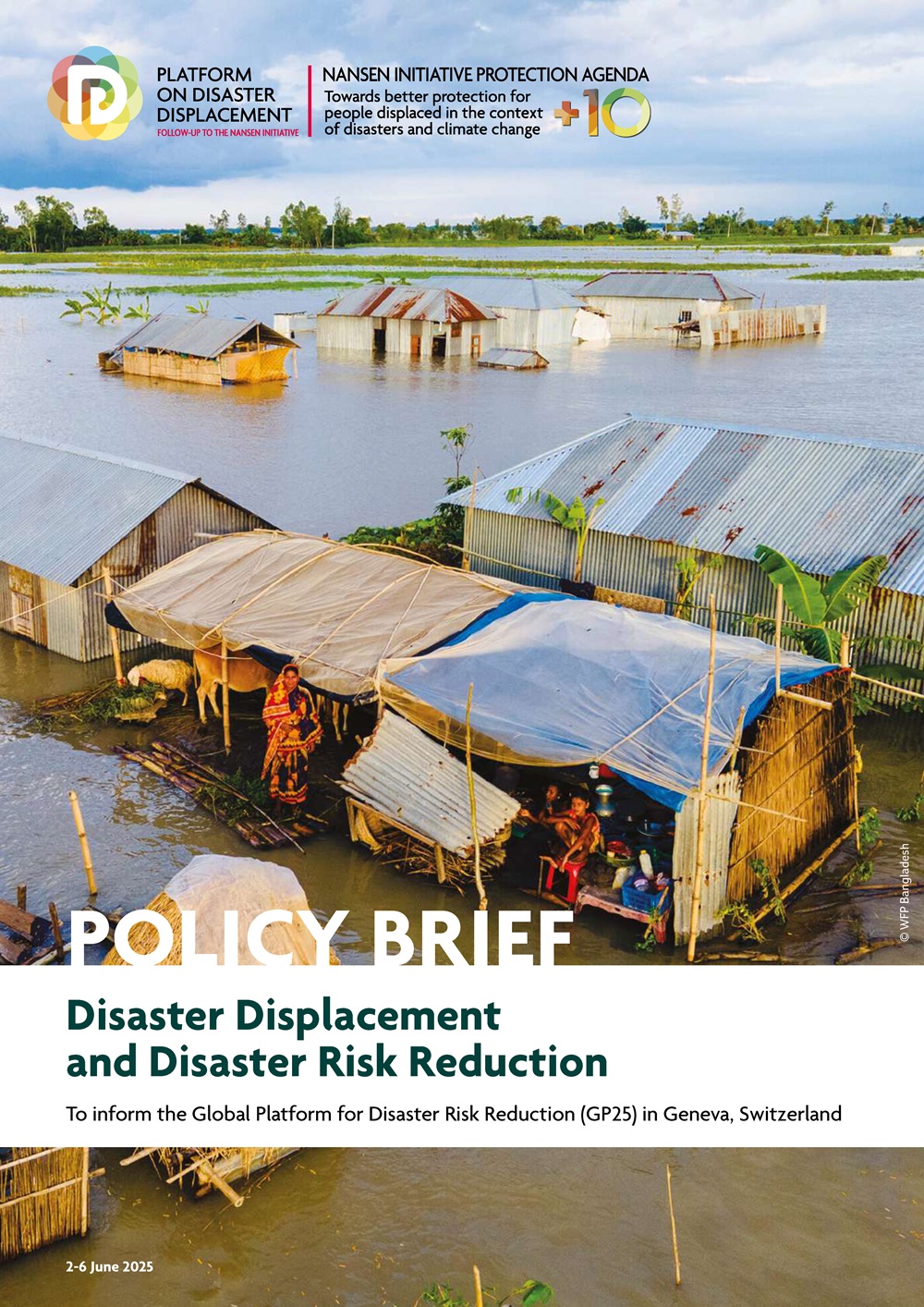Working Paper: The impact of climate displacement on the right to education
UNESCO
From gradually creeping sea level rise and temperatures, to droughts, floods, cyclones and wildfires, many people around the world are seeing unprecedented effects of warming climate on their ecosystems and communities. These climate hazards will undoubtedly affect human mobility. The right to education in the context of large-scale climate displacement and the changes that are necessitated in the way that education is planned, financed and delivered require further exploration. In crises, children and young people in particular are at risk of losing more than just their home and shelter, but also access to education, training and opportunities that could open the door to their future.
Climate displaced persons are predicted to suffer exceptional educational vulnerabilities by nature of their predicament. A reduction in access to quality, inclusive education will be experienced by many, although for some a move may have positive consequences. Trauma or administrative, financial and linguistic barriers are likely to hinder participation in education where it is available. Internal climate displaced persons and trapped populations may see critical education infrastructure damaged or destroyed by climate change. Furthermore, intersecting vulnerabilities such as gender and disabilities are expected to interact and overlap with climate displacement, creating unique challenges that require further investigation.
This working paper, which builds on UNESCO’s ongoing research and advocacy work into ensuring the right to education for all refugees and migrants, aims to provide an overview of the educational vulnerabilities that climate displaced persons face and some guiding principles for ensuring their right to education. While this first paper mainly focuses on “schooling” as such, the aim is to produce further works related to nonformal education, TVET and adult learning in relation to climate displacement. An overview of the phenomenon of climate displacement is provided in Sections 1 and 2. Section 3 outlines the international legal and policy frameworks at play in the nexus between climate displacement and education. Section 4 explains some of the barriers to education which are faced by climate displaced persons and Section 5 provides some guidance for action that can be undertaken to enforce their right to education and ensure inclusion in national systems.




